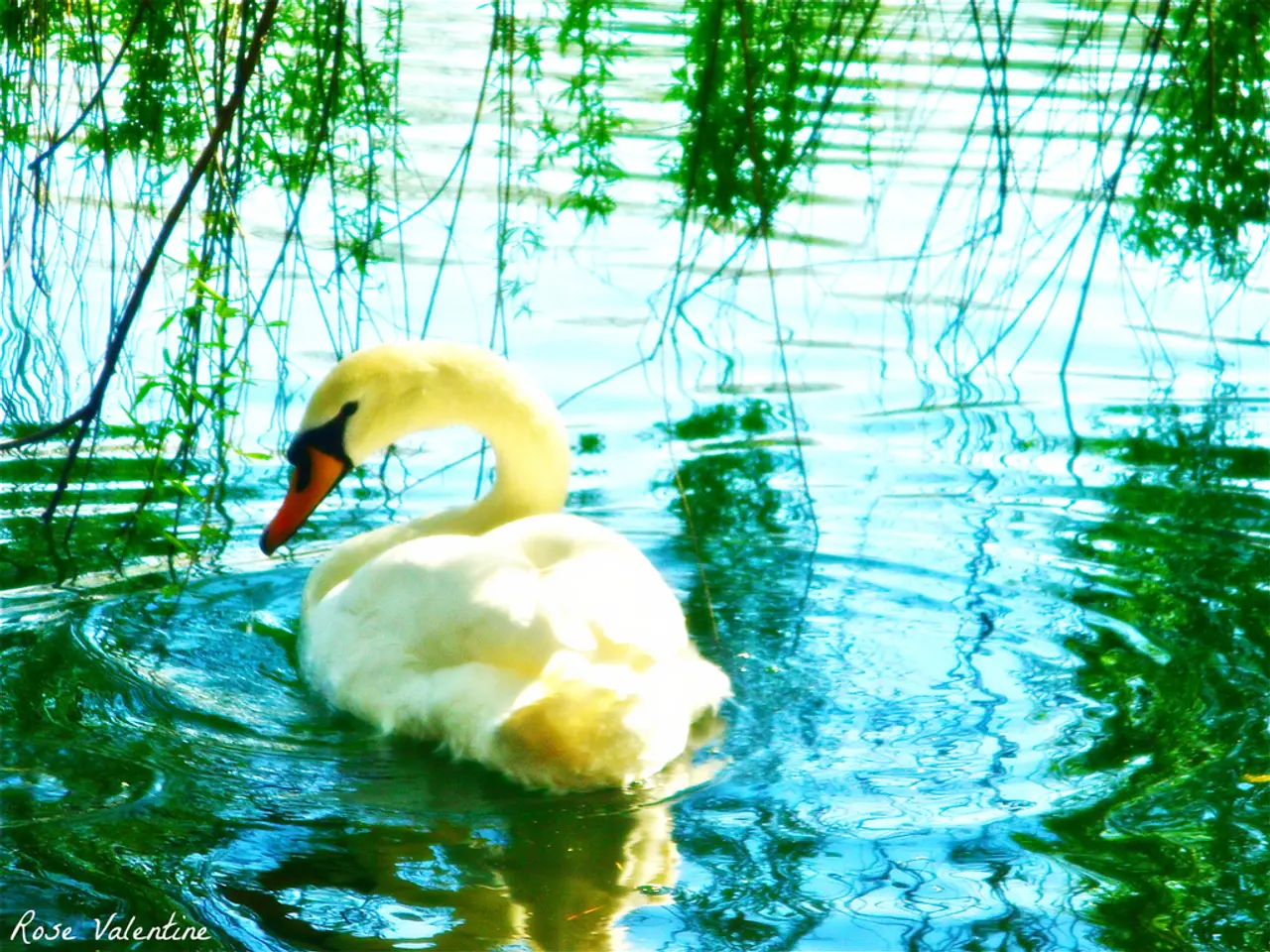Wildlife Trust in Suffolk addresses the creation of an environmental charity linked to Sizewell C nuclear power station
In the heart of Suffolk, the construction of Sizewell C, a third nuclear power station, is underway. This development, however, raises concerns about its potential impact on local wildlife. The East Suffolk Trust (EaST) funds have been established as a critical resource for mitigating these impacts, ensuring Sizewell C fulfills its legal requirements for mitigation and compensation.
The EaST funds are instrumental for local wildlife organisations to undertake mitigation projects that align with the goals of protecting and restoring wildlife in the context of Sizewell C development. Key among these projects is the creation of replacement habitat for the natterjack toad, a species of concern, outside the Development Consent Order (DCO) land to compensate for habitat loss.
Sizewell C's mitigation and compensation strategy, overseen by the East Suffolk Trust, also includes the creation of wetland habitat aimed at supporting marsh harriers, indicating broader wetland enhancements that would benefit local biodiversity. Although direct references to mitigation measures for other species of concern, such as adders and bat species, are limited in the public project specification documents, general wildlife mitigation infrastructure like bat tunnels and acoustic deterrents have been mentioned in the context of previous nuclear projects.
Conservation charities have expressed concerns about impacts on bat species, implying ongoing monitoring and potential adaptive management may be in place. The regulatory environment currently exempts Sizewell C from specific statutory species protection provisions, potentially limiting additional legally mandated mitigation such as bat tunnels or acoustic fish deterrents.
Ben McFarland, Director of Wildlife Conservation & Recovery, emphasises the importance of ensuring the agreed mitigation and compensation for Sizewell C is effective for local wildlife. He also expresses uncertainty about whether the EaST funds will be sufficient to fully mitigate the impact of Sizewell C. The focus remains on ensuring the projects funded by the EaST are as effective as possible for local wildlife conservation and recovery.
Suffolk Wildlife Trust, initially campaigning against Sizewell C due to its impact on protected sites and species, has since shifted its focus to engaging with Sizewell C to ensure the best possible results for nature. The development includes SSSI (Site of Special Scientific Interest) areas and irreplaceable wetland habitats, making it crucial to strike a balance between energy production and environmental preservation.
As Sizewell C progresses, the role of the East Suffolk Trust becomes increasingly important in ensuring the development minimises its impact on local wildlife while fulfilling its intended purpose as a source of clean energy.
- The East Suffolk Trust's funds are crucial for local wildlife organizations to execute mitigation projects that prioritize wildlife protection and restoration in light of the Sizewell C development.
- A significant project under this strategy is the creation of a replacement habitat for the natterjack toad, a species of concern, outside the Development Consent Order (DCO) land to offset habitat loss.
- Sizewell C's mitigation and compensation strategy, supervised by the East Suffolk Trust, also involves the establishment of wetland habitat for marsh harriers, supporting local biodiversity.
- Although the public project specifications may not reference specific mitigation measures for other species of concern like adders and bat species, general wildlife mitigation infrastructure, such as bat tunnels and acoustic deterrents, have been omitted in previous nuclear projects.




